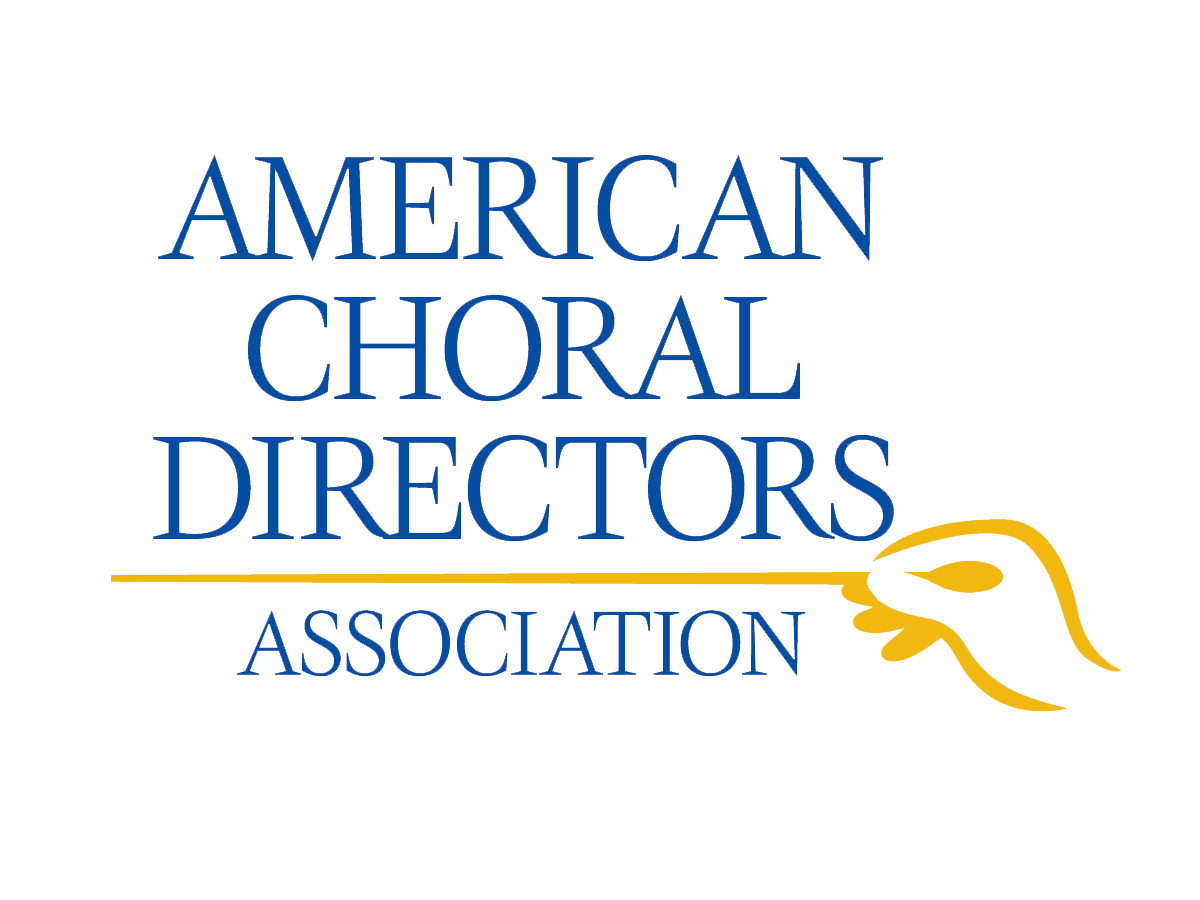As adolescent gender identity has expanded to encompass non-binary forms of gender identity in contemporary social contexts, scholars in music education have begun to examine the music learning experiences of transgender students and the role of the music teacher in fostering an environment that is affirming to gender-diversity. Anecdotal observations of choral music practices in schools in the United States have indicated some changes occurring in the naming of ensembles, the categories used to describe voicing of choral music, the gender terminology used by choral directors during instruction, and program policies and procedures. The purpose of this study was to examine school choral directors’ experiences with gender-inclusive instructional practices and their level of confidence in teaching transgender students. A survey consisting of 39 items including questions regarding experience teaching singers who identify as transgender, gender-inclusive instructional practices, and level of confidence in teaching students who identify as transgender was developed for this study. Participants were choral directors (N = 227) with experience teaching in secondary schools in the United States. Results indicated that a majority of participants currently engaged in gender-inclusive teaching practices and had moderate confidence in the use of these approaches. Participants reported high confidence in the use of gender-inclusive language and low confidence regarding the impact of medical and non-medical interventions on the singing voice. Results also revealed that choral directors who engaged in formal training experiences reported higher levels of confidence in their ability to teach a singer who identified as transgender.
You are here: Home / IJRCS / Key Changes: Choral Directors’ Experiences with Gender-Inclusive Teaching


